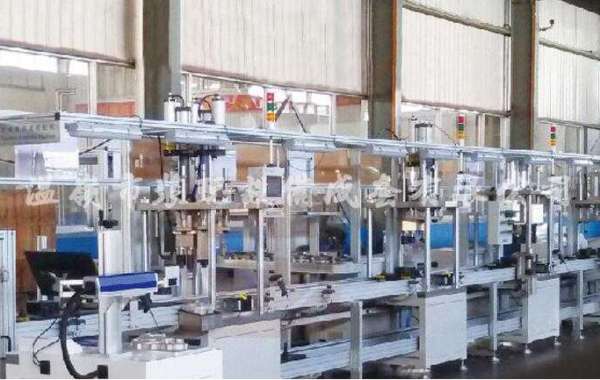A common myth is that Henry Ford invented the automobile. This is not true. While he may not have invented the automobile, he did offer a new way of manufacturing a large number of vehicles. This method of production was the moving car assembly line.
The most common feature of this assembly line was the conveyer belt. The belts were in use within other industries, including slaughterhouses. Moving the product to the worker seemed like a better use of time and resources. The Ford Motor Company team decided to try to implement the moving assembly line in the automobile manufacturing process.
After much trial and error, in 1913 Henry Ford and his employees successfully began using this innovation at our Highland Park assembly plant. What made this assembly line unique was the movement element. Henry Ford famously remarked that the use of the moving assembly line allowed for the work to be taken to workers rather than the worker moving to and around the vehicle. The vehicle began to be pulled down the line and built step-by-step. At first it was pulled by a rope, and later it became a simple moving chain mechanism. The new process made it so that the Model T was now built in only ninety minutes.
Yet while the work of assembling an automobile was now simplified, workers began to leave Ford Motor Company to work for their competitors. The reason was workers found the assembly line work boring as they were now doing only one or two task(s) instead of working to build an entire vehicle. Additionally, workers did not like the strict timing that the moving assembly line required. It was difficult to make sure you completed all of your work before the car moved down the line to its next station. Cars would end up missing parts, or workers could end up falling over each other while putting the car together.
Model A assembly line circa 1931.
In order to persuade workers to stay with Ford Motor Company, Henry Ford introduced the $5 workday. The $5 workday involved profit sharing payments that would more than double the worker’s daily wage, raising it to $5. It was widely believed that this move would quickly bankrupt the company. The opposite occurred. Mechanics around the country headed to Detroit in pursuit of the high wages. Henry Ford stated: “We believe in making 25,000 men prosperous and contented rather than follow the plan of making a few slave drivers in our establishment multi-millionaires.”
Not only did Henry Ford increase the wages of his employees, but he also decreased the number of hours they were responsible for working. Henry Ford decreased the shifts by one hour and gave employees higher wages. The shift length decrease allowed Ford to create a third shift and hire more workers. The assembly allowed Ford Motor Company to become a twenty-four hour operation.
“Fordism” also grew out of the moving assembly line. Fordism refers to large-scale production combined with higher wages, and it spread to other industries following the $5 day started by Ford Motor Company. This move by Ford was followed by other companies, and changed the business and manufacturing world across the nation as workers began to seek out jobs that came with higher wages and shorter hours.
An important outcome of the moving assembly line was the drop in price for the Model T. In 1908, the car sold for $825 and by 1925 it only sold for only $260, making the car more affordable to individuals everywhere. Most especially, it allowed employees of Ford Motor Company to be able to have a better life and to be able to afford the product that they built.
If you have interests in automatic assembly testing machine, welcome to send us messages.








